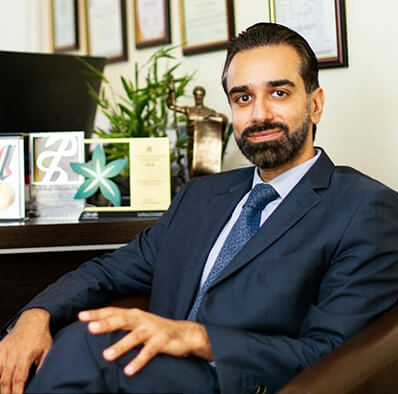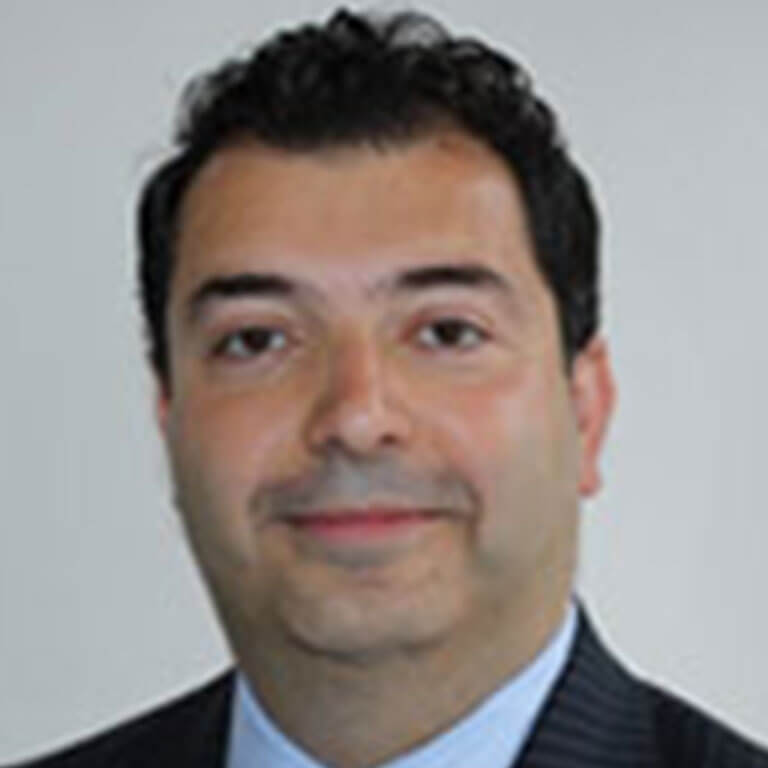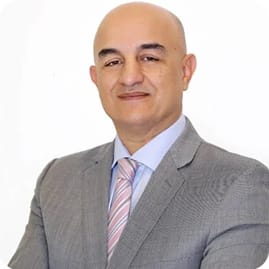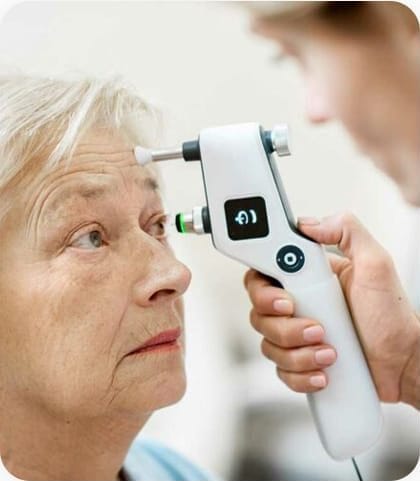Nasolabial Folds
Imperial Health offers effective treatments to reduce the appearance of nasolabial folds, those lines that run from the nose to the corners of the mouth. Our experienced aesthetic professionals can help you achieve a smoother, more youthful facial contour, restoring a refreshed and rejuvenated appearance.
Our Services
Nasolabial folds are a natural part of the aging process, but they can become more prominent over time due to factors like sun exposure, weight fluctuations, and loss of collagen and elastin. We offer several non-surgical and minimally invasive treatment options to address nasolabial folds:
Dermal Fillers: Injectable dermal fillers, composed of hyaluronic acid or other biocompatible substances, can effectively plump and fill in the nasolabial folds, creating a smoother and more youthful contour.
Microneedling: This procedure stimulates collagen production and skin rejuvenation, which can help reduce the appearance of nasolabial folds over time.
Chemical Peels: Chemical peels can improve skin texture and tone, making nasolabial folds less noticeable.
Combination Treatments: We often recommend combining different treatments for optimal results. For example, dermal fillers can be used to fill in the folds, while microneedling can improve overall skin texture and firmness.











